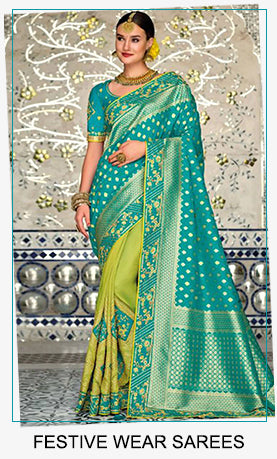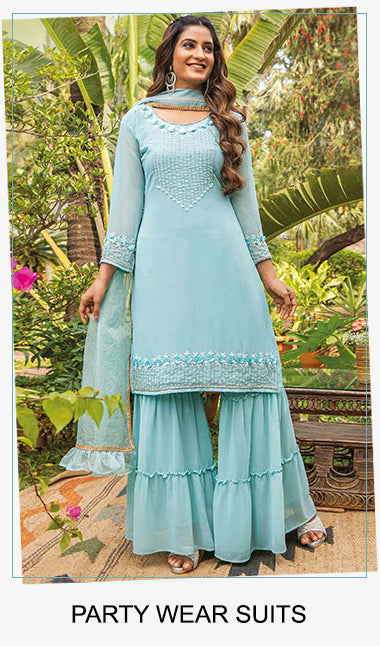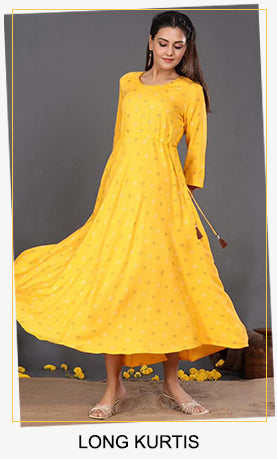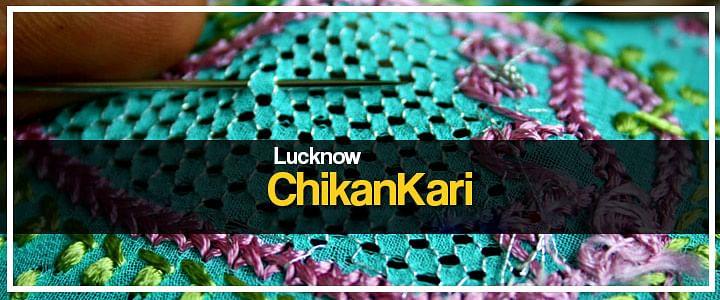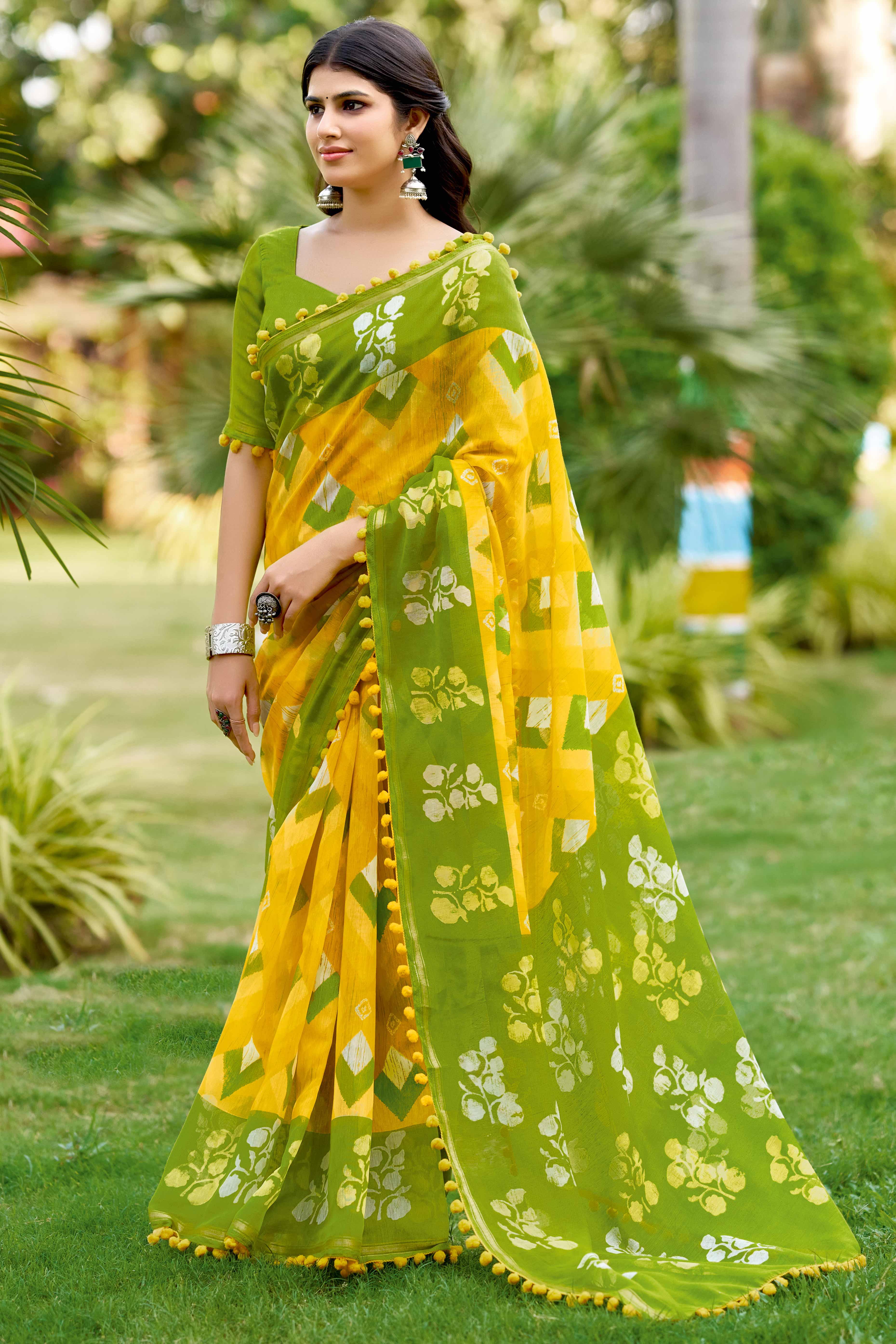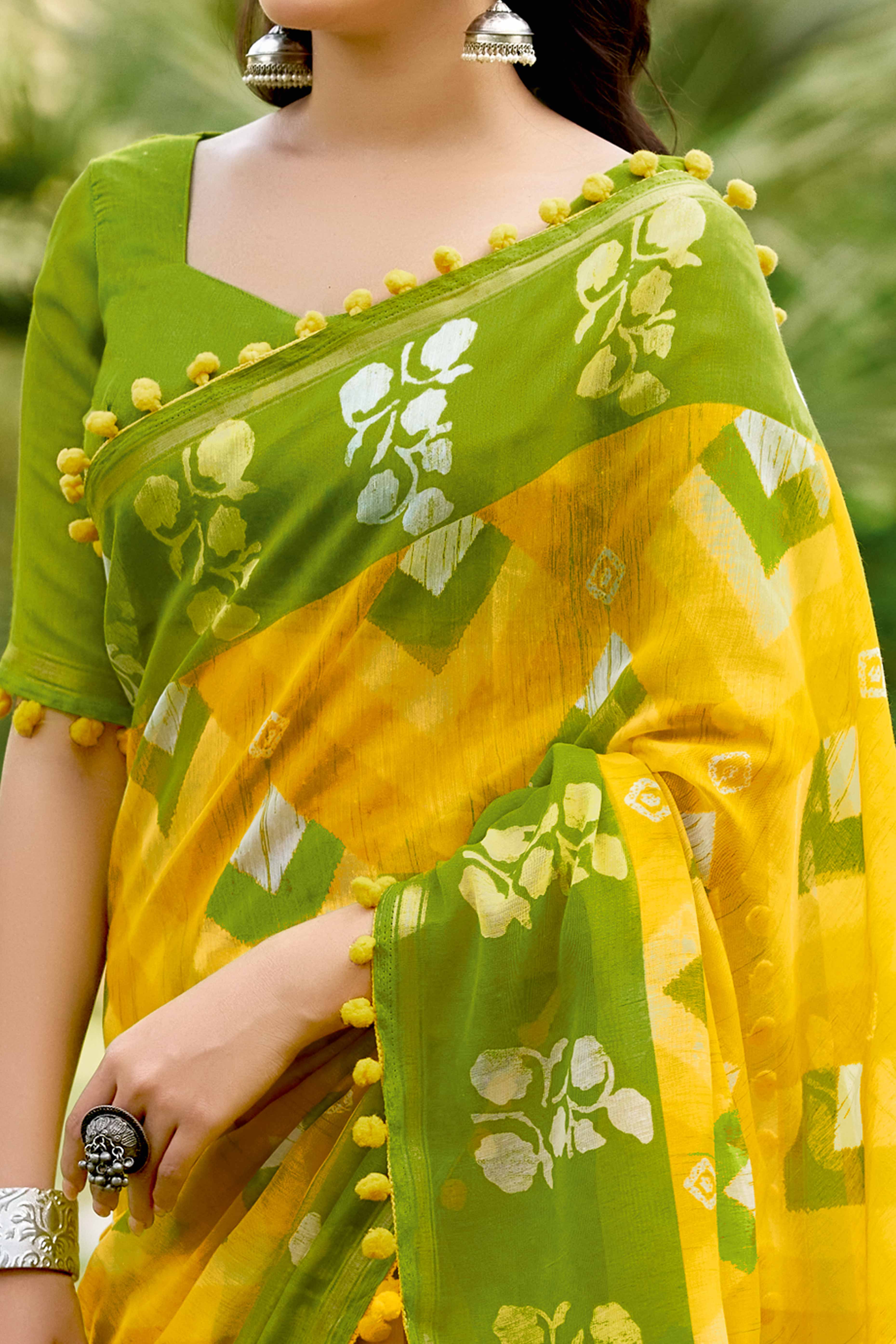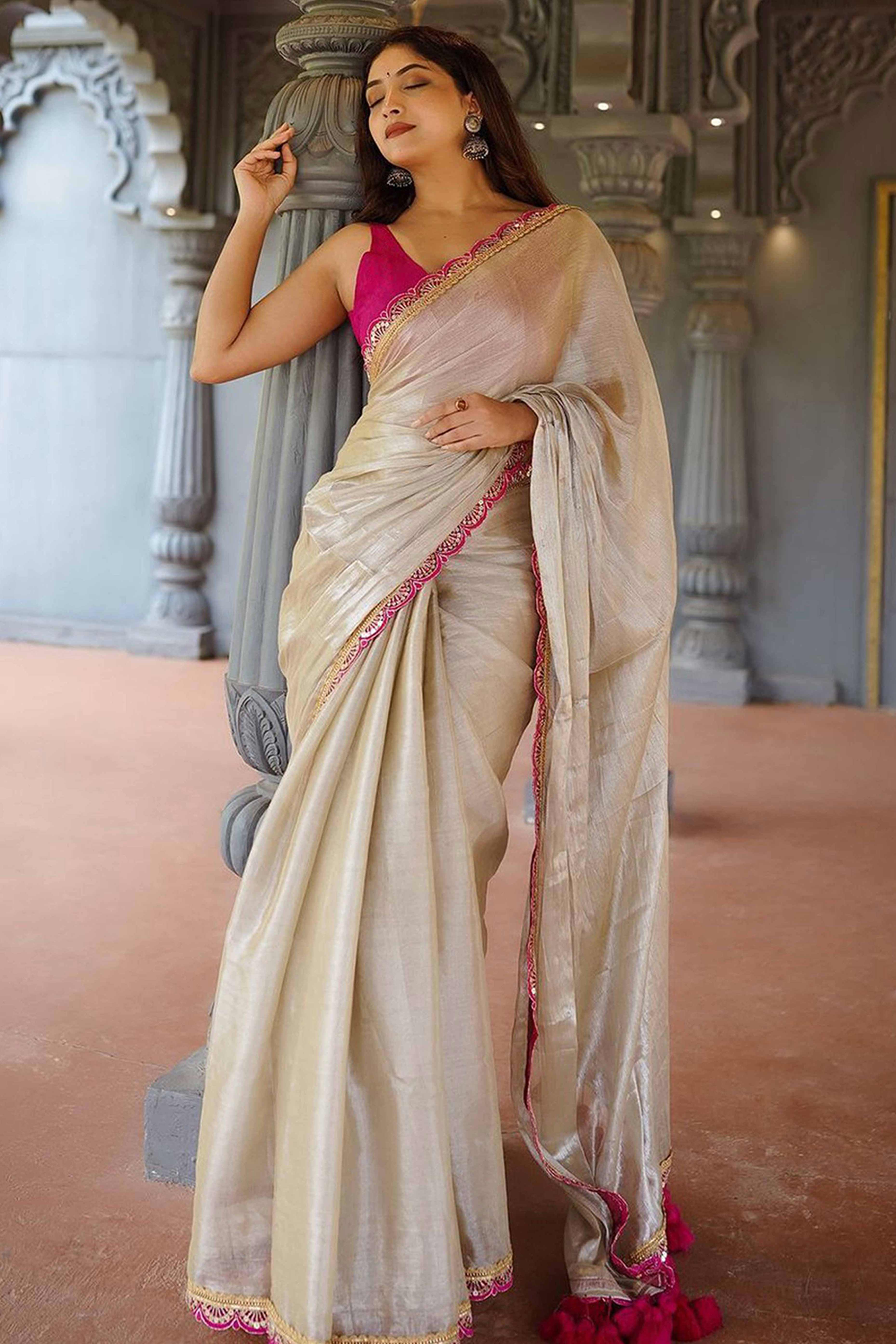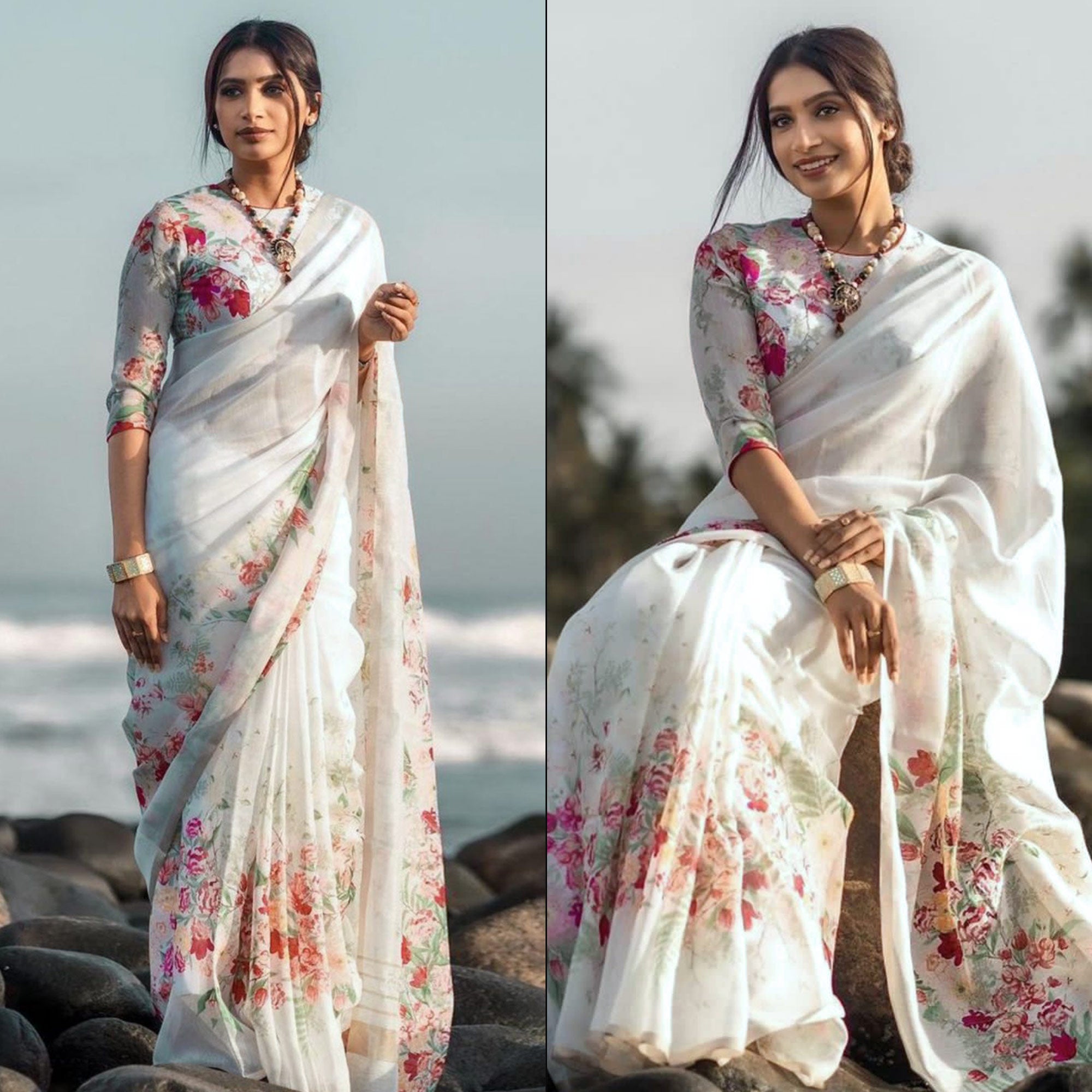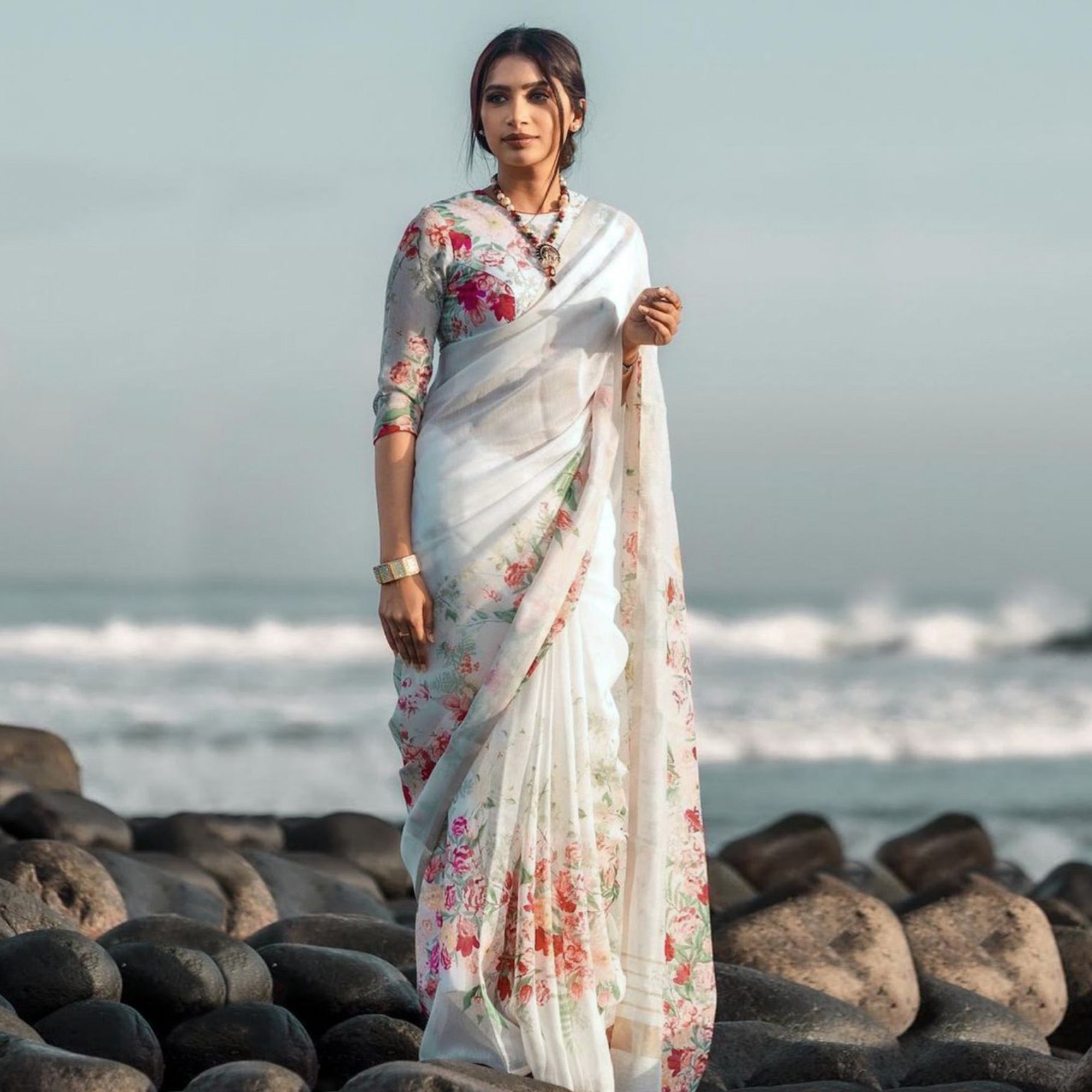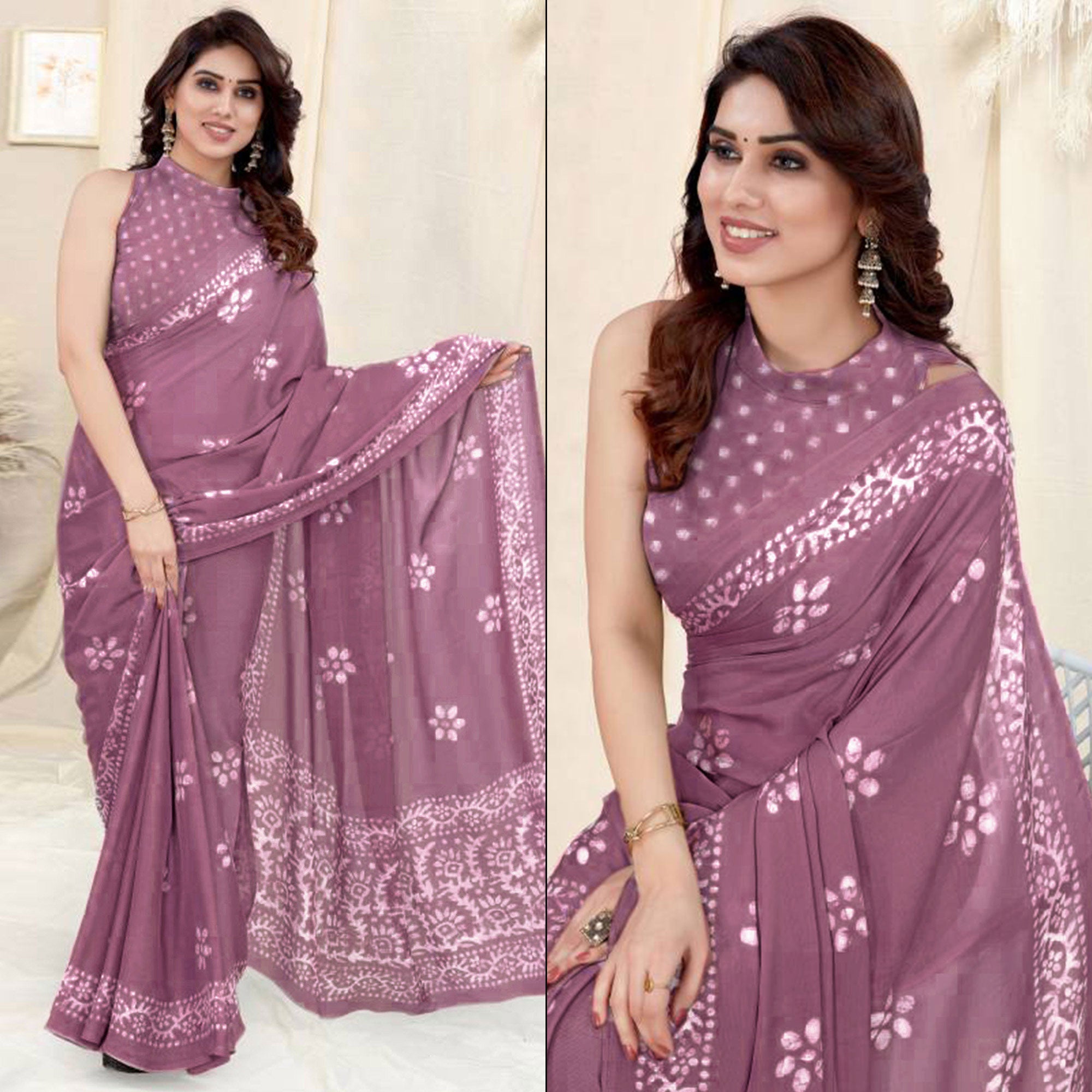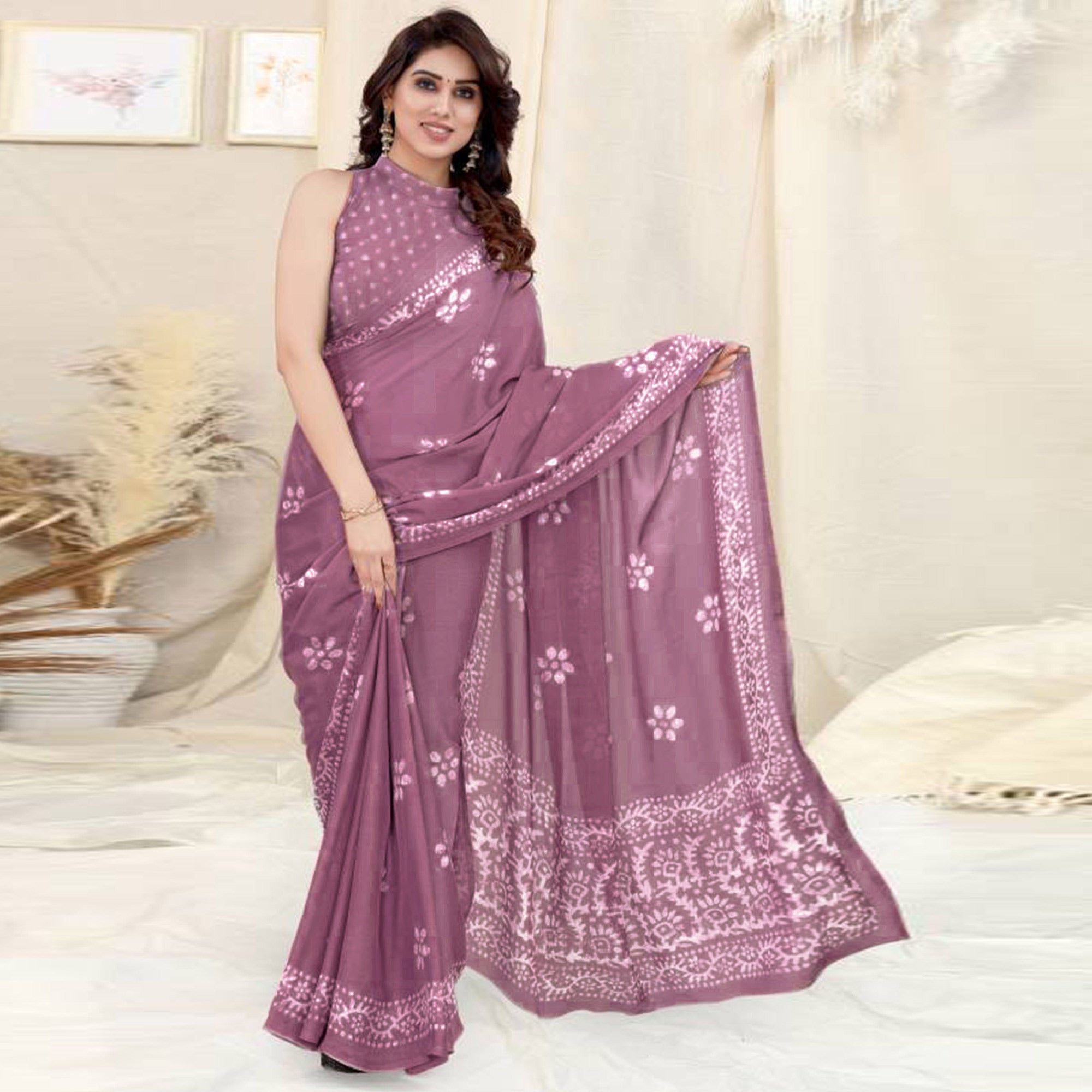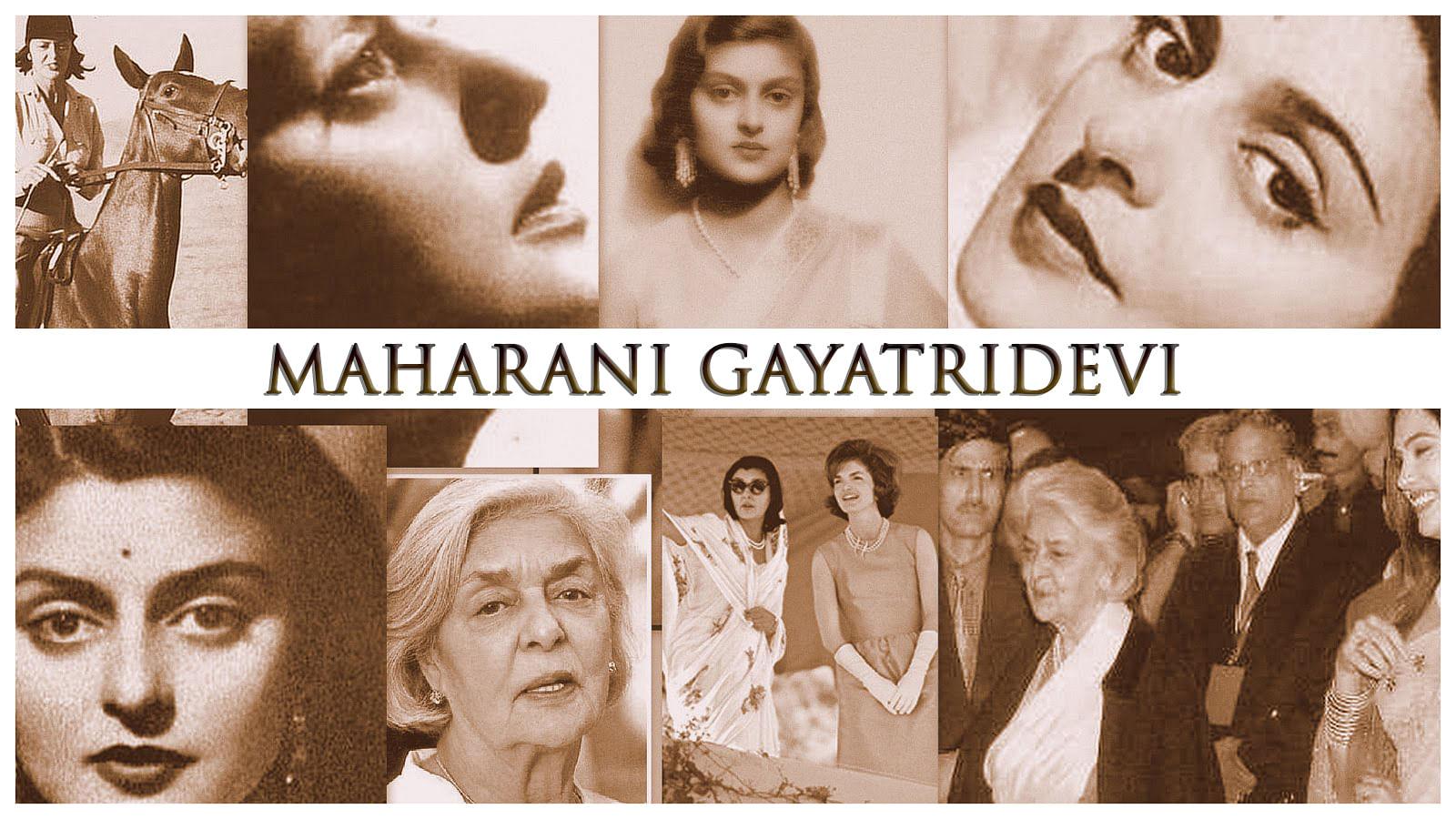The Chikan work is an ancient and integral part of the Indian culture and heritage. Involving immense handiwork and accuracy, the chikan work of Lucknow is one of the most invaluable assets of India. Popularly known as chikankari, this brilliant poiece of creative embroidery is not only popular in India but also the world over.
History & Evolution
The Chikan work takes its name from the Persian word Chakin or Chakeen which means an artwork out of threaded needle.
What originally was an exquisite and limited work of royalty, soon found its way into the textile world.
The earliest mention of the chikankari work stretches back to 3rd century BC by the Greek Leader Megasthenes who described it as a mesmerising floral work on muslin cloth by the Indians.

Another lesser known folk legend goes that once a thirst traveller passing by Lucknow stopped by a peasant’s house to quench his thirst. Moved by his poverty and touched by his hospitality, the traveller decided to teach him the art of embroidery that could earn the peasant some money. This art then went on to be known as chikankari.
The Nawab of Awadh was greatly impressed by this craft and took it upon himself to promote and fund it. Though started it other parts too, chikankari became a native craft of Lucknow.
Variations of Chikankari Embroidery
Earlier, chikankari was done only on white cloth. But as the demand for more varieties arose, the craftsmen took to threading the motifs on colored garments with colored threads.
There are roughly 40 styles of chikan embroidery discovered.
The chikan work comes in an array of styles and embroidery patterns. While to the naked eye it may seem similar, a lot of thought process goes into curating each artwork of chikan work. Some of the popular types of chikan work are-
Katao- This is a cutwork chikankari work.
Pashni- in this design, a motif is created and then thin, minute patterns are made around it using satin thread.

Pechni- In this, they use taipchi as the base and then weave shadow work around it.
Taipchi- this is the most generic and usually cheaper than other designs. This design is also known as ghaaspatti design and is used to fill the details of a motif work.
SEWA
The SEWA or Self Employed Women’s Association that aims at providing employment to the rural women and preserving the heritage crafts of India is known for their one of a kind chikankari work on khadi and woollen garments alike.
In fact most of the chikan embroidery of Lucknow is done by women artisans.
Export of Chikankari Work
The global market has an exceptional liking for the gracipus chikankari work. In fact, chikan garments are instrumental in bringing about good numbers in the Indian Textile Market.
Of the many ethnic attires exported to the United states, UK and other nations, chikankari has a substantial demand.

Chikankari Exponents
The fashion world too has found a special liking to this exquisite, delicate world. And Chikankari work has found its way to elite fashion shows across the country and around the globe.
The renowned iconic designers Sandeep Khosla and Abu Jani who are always aiming to patronize the crafts of India and uplift them have been including this artwork for the last 20 years now. In fact in the year 2004, Judi Dench of James Bond series wore a chikankari work outfit by them while receiving an Oscar.
Also Read: Must Have Wedding Lehengas
The chikankari is exquisite, aristocratic and delicate at the same time. It speaks volumes of the creativity of our culture and the immense talent it has always manifested.

